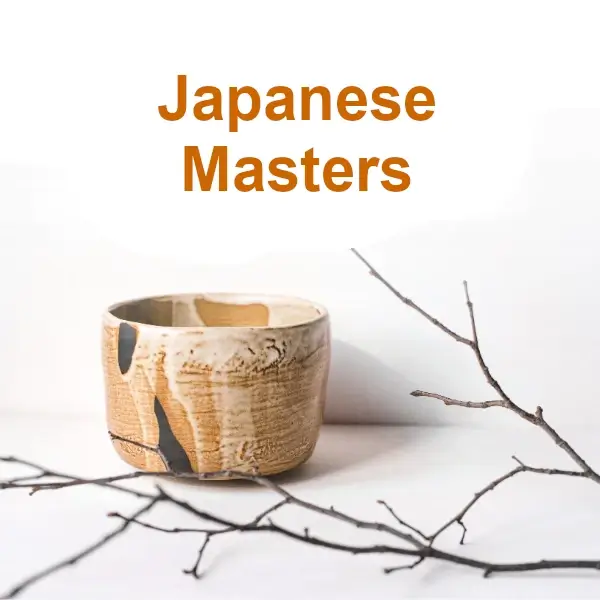Do you know the curious Japanese ceramic Neriage?
The Japanese ceramic technique Neriage is an artistic process that involves the mixing and layering of different colored clays to create intricate patterns and wonderful designs. It is characterized by its ability to produce stunning, marble-like visual effects on ceramic pieces through turning or hand building.

What is Neriage ceramics
The Neriage technique, an art form known for its ability to combine different colored clays into intricate designs and vibrant patterns, continues to fascinate artists and collectors alike.
Neriage pottery involves a meticulous technique of layering and mixing different colored clays to create stunning visual patterns. It is often confused with Nerikomi, although both terms refer to distinct methods of working the clay to obtain a marbled finish.
Neriage vs Nerikomi
The Neriage technique is closely related to Nerikomi, both are ways of working with colored clay in Japanese ceramics.
While Neriage focuses on the action of “pulling up” clay on the wheel to mix colors, creating patterns through layering and turning different colored clays, Nerikomi involves “pressing” colored clays into layers, using hand-building techniques such as rolling and shaping to form solid blocks with internal patterns.
The best works in Japanese ceramics
These patterns are revealed by cutting cross sections from the blocks, which are then used to construct the pieces. Both techniques produce striking visual effects, but while Neriage is primarily used in lathe work, Nerikomi is more associated with hand-building techniques.
Origin of the Neriage technique
The Neriage technique, known for its method of mixing different colored clays to create unique patterns, has its origins in the Japanese ceramic tradition. This technique dates back to the Tang Dynasty period in China, between 618 and 907 AD, and became popular in Europe in the 17th century.
Throughout history, Neriage has been documented in various cultures, including those of Egypt and Rome, and was observed during the Momoyama era in Japan.
In the 1970s, the term Neriage gained popularity, largely due to a Nescafé advertising campaign featuring cups of coffee made with this technique.
The Neriage ceramic process
Creating Neriage pieces requires patience and precision. From the selection of the clays to the blending and lathe, each step is crucial to the final result. This process is not only an art, but also a science, as artists must understand how the different clays interact during mixing and firing.
The magic of the unpredictable Neriage pottery
What really makes Neriage ceramics captivating is their inherent variability. No two pieces are identical; the play of colors, the arrangement of patterns and the unexpected surprises that arise during the process all contribute to the uniqueness of each creation.
Embracing tradition
Although Neriage pottery has roots in several cultures, including Japan and Korea, modern potters have adopted this technique to create contemporary masterpieces. By combining traditional methods with innovative designs, artists breathe new life into a time-honored technique, ensuring its relevance and appeal for generations to come.
In the world of pottery, this technique stands as a testament to the power of creativity and the limitless possibilities that clay offers. Its rich history, fascinating process and enchanting results make Neriage pottery a truly remarkable technique: an ode to the beauty that emerges when different elements come together in perfect harmony.
We hope you liked this post. It will help us if you share it on social networks .
Latest related publications:




